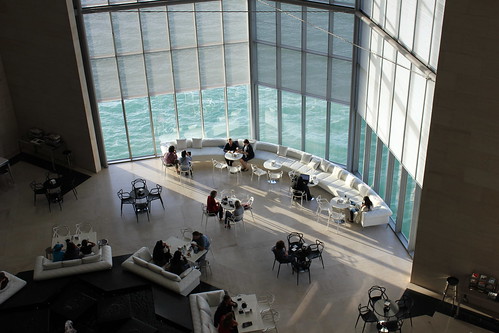A new blog, Samarra finds from the Herzfeld Excavation in the Victoria and Albert Museum, is making public the research process of cataloging the Samarra material held by the V&A.
As the site says,
“In 2013, BISI funded a pilot project to research, catalogue, photograph and conserve the V&A’s collections of material excavated by Ernst Herzfeld at Samarra in 1911-1913. This complements related projects underway at the Museum für Islamische Kunst (Berlin) and the Freer-Sackler Gallery (Washington DC), and feeds into a bigger international collaboration to reunite Herzfeld’s Samarra finds. This blog charts the discoveries we hope to make along the way.”
Primarily written by Mariam Rosser-Owen and Rosalind Wade Haddon, the blog offers a fascinating glimpse behind the scenes of an academic research undertaking. Here’s to hoping that more projects start to offer this kind of transparency!



